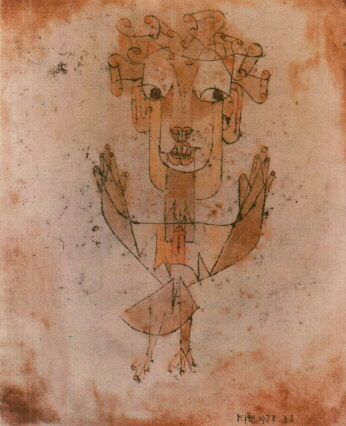"No I didn't know. Because it didn't happen!"
It appears to be easier to blame social change on the conspiracy of a big corporation rather than the blind desires of everyday people. It certainly makes for a better movie, because you don't want to leave the theater feeling like you or your ancestors are the true criminals.
But that's history: a history of crimes committed by the majority to fulfill perverse desires for mobility.
Let's be clear:
GM, Firestone, Standard Oil and other companies did have stock in National City Lines which replaced streetcars with buses in L.A., and GM was even convicted of anti-trust violations for their involvement in the company. But their crime was not choosing to replace trolleys with buses, which most cities including L.A. were doing long before National City Lines came along, rather it was supplying the system with exclusively GM products. It's called a no-bid contract--our government does it all the time.
Those who believe the conspiracy romanticize the age of the trolleys, thinking that they must have been so much better than our "horrible" buses of today. But Angelenos of the past looked at buses and thought "they must be so much better than the horrible streetcars of today." Buses could maneuver around traffic rather than get stuck behind pesky automobiles. They would be quiet and smooth, not screechy and bumpy. And they could easily change their route if a detour was required. How wonderful the bus must have seemed from the perspective of a streetcar rider!
Of course, there was also this little thing called the automobile that supposedly was forced down people's throats by GM and nobody would have used if they hadn't destroyed the streetcars. I hate to tell you this, but the tooth fairy was your mother. People in the 20s and 30s saw cars as much like the coming of the Savior himself to remove all ills from the world. And streetcars were an ugly sign of the sinful past that blocked the way toward goodness. At least buses didn't destroy the streets with their dangerous tracks.
Here Walter Benjamin's Thesis IX from the Philosophy of History is appropriate:
"A Klee painting named 'Angelus Novus' shows an angel looking as though he is about to move away from something he is fixedly contemplating. His eyes are staring, his mouth is open, his wings are spread. This is how one pictures the angel of history. His face is turned toward the past. Where we percieve a chain of events, he sees one single catastrophe which keeps piling wreckage upon wreckage and hurls it in front of his feet. The angel would like to stay, awaken the dead, and make whole what has been smashed. But a storm is blowing from Paradise; its has got caught in his wings with such violence that the angel can no longer close them. This storm irresistibly propels him into the future to which his back is turned, while the pile of debris before him grows skyward. This storm is what we call progress."
 Paul Klee "Angelus Novus"
Paul Klee "Angelus Novus"

No comments:
Post a Comment